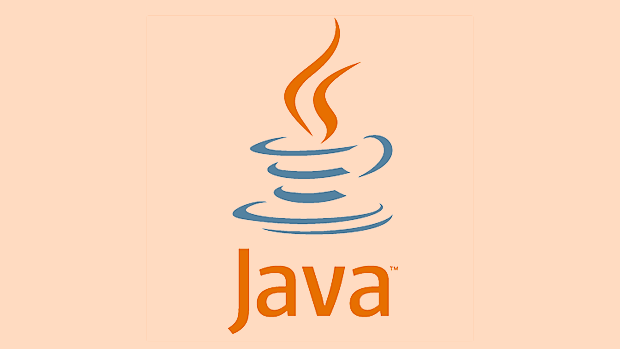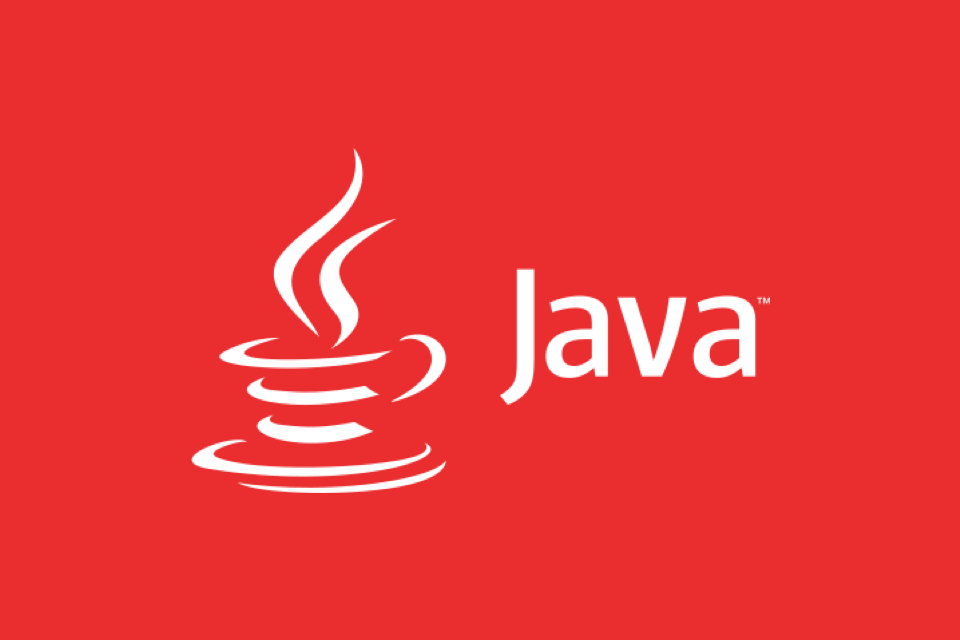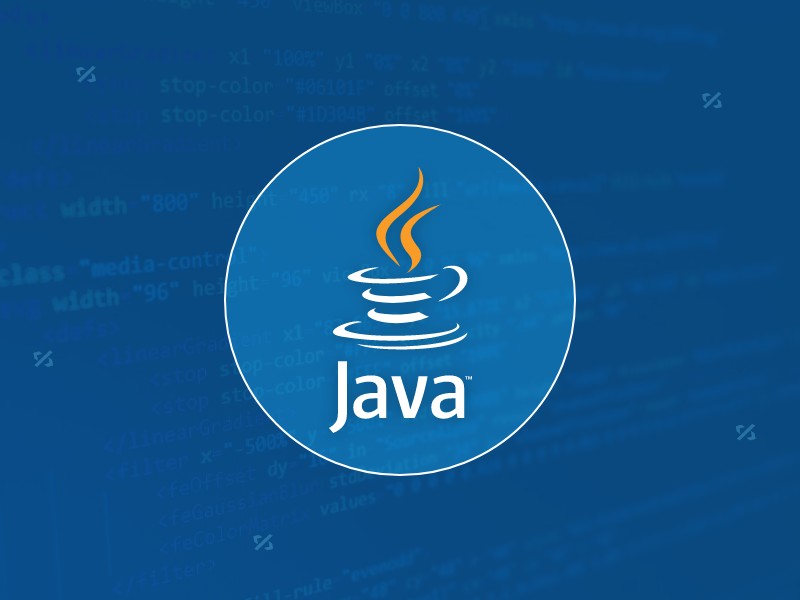JPA is a Java persistence specification, and Hibernate is its commonly used implementation. 1. JPA defines object and database mapping standards, and Hibernate is responsible for specific operations. 2. Entity classes map table structures through @Entity, @Table, @Id, @GeneratedValue, etc. 3. The association relationship is processed through annotations such as @OneToMany, @ManyToOne, etc., and pay attention to mappedBy and cascading configuration. 4. In Spring Boot, you can quickly complete persistence operations by configuring data sources and using Spring Data JPA.

When you are using Java for persistent data storage, JPA and Hibernate are almost unavoidable tools. They help you handle things between objects and database tables more naturally and efficiently. But if you want to use it well, it is not just as simple as adding a few annotations.

What are JPA and Hibernate?
Simply put, JPA (Java Persistence API) is a specification that defines the standard way in which Java objects map to database tables. Hibernate is an implementation of this specification, and it is the most commonly used one.

You can understand it as the relationship between "interface" and "implementation class". When you write code, you are programming in JPA, and Hibernate performs operations in the underlying layer. The advantage of this is that if the ORM framework is replaced in the future, the changes will not be too big.
Mapping of entity classes and database tables
This is the first step in persistence: turn the Java class into a table in the database. What you need to do is:

- Add
@Entityannotation to the class - Specify the corresponding table name, for example
@Table(name = "users") - Annotate the primary key field as
@Id, if it is an auto-increment primary key, add@GeneratedValue
For example:
@Entity
@Table(name = "users")
public class User {
@Id
@GeneratedValue(strategy = GenerationType.IDENTITY)
private Long id;
private String name;
private String email;
// getters and setters
}In this way, Hibernate knows how to operate this table.
Note: By default, Hibernate will convert the field name into an underscore naming method (such as
userNametouser_name). If you don't want it to automatically convert, you can turn it off in the configuration or specify it explicitly with@Column(name = "username").
How to deal with the relationship?
In real projects, data is not isolated, and one-to-many, many-to-one, and many-to-many relationships are often processed. Take the most common "users and orders" as an example:
A user can have multiple orders, so User and Order are one-to-many relationships. At this time, you can write it in the User class like this:
@OneToMany(mappedBy = "user", cascade = CascadeType.ALL, fetch = FetchType.LAZY) private List<Order> orders = new ArrayList<>();
Then add the reference back to the Order class:
@ManyToOne @JoinColumn(name = "user_id") private User user;
Here are a few points to note:
-
mappedBymeans that this end is passively maintaining the relationship, and the real controller is Order. -
cascadecontrols cascade operations, such as automatically saving Orders when saving User -
fetch = FetchType.LAZYis for performance considerations. The associated data is not loaded by default and loaded on demand.
If you accidentally reverse the relationship maintenance direction, it may cause the data to not be updated or the null pointer exception will occur.
Configuration files and basic usage procedures
In Spring Boot project, you only need to assign database connection information in application.properties or application.yml , and leave the rest to Spring Data JPA.
for example:
spring.datasource.url=jdbc:mysql://localhost:3306/mydb spring.datasource.username=root spring.datasource.password=123456 spring.jpa.hibernate.ddl-auto=update
Among them, ddl-auto=update is very practical, which means that the table structure is automatically updated according to the entity class structure. But be careful not to use it instead of database migration tools in production environments.
It's also very easy to use:
- Define the Repository interface inherits
JpaRepository - Then just call
save(),findById(),findAll()and other methods
public interface UserRepository extends JpaRepository<User, Long> {
}Basically that's it.
The above is the detailed content of Persistent Data Storage using Java JPA and Hibernate. For more information, please follow other related articles on the PHP Chinese website!

Hot AI Tools

Undress AI Tool
Undress images for free

Undresser.AI Undress
AI-powered app for creating realistic nude photos

AI Clothes Remover
Online AI tool for removing clothes from photos.

Clothoff.io
AI clothes remover

Video Face Swap
Swap faces in any video effortlessly with our completely free AI face swap tool!

Hot Article

Hot Tools

Notepad++7.3.1
Easy-to-use and free code editor

SublimeText3 Chinese version
Chinese version, very easy to use

Zend Studio 13.0.1
Powerful PHP integrated development environment

Dreamweaver CS6
Visual web development tools

SublimeText3 Mac version
God-level code editing software (SublimeText3)

Hot Topics
 How to iterate over a Map in Java?
Jul 13, 2025 am 02:54 AM
How to iterate over a Map in Java?
Jul 13, 2025 am 02:54 AM
There are three common methods to traverse Map in Java: 1. Use entrySet to obtain keys and values at the same time, which is suitable for most scenarios; 2. Use keySet or values to traverse keys or values respectively; 3. Use Java8's forEach to simplify the code structure. entrySet returns a Set set containing all key-value pairs, and each loop gets the Map.Entry object, suitable for frequent access to keys and values; if only keys or values are required, you can call keySet() or values() respectively, or you can get the value through map.get(key) when traversing the keys; Java 8 can use forEach((key,value)->
 Java Optional example
Jul 12, 2025 am 02:55 AM
Java Optional example
Jul 12, 2025 am 02:55 AM
Optional can clearly express intentions and reduce code noise for null judgments. 1. Optional.ofNullable is a common way to deal with null objects. For example, when taking values ??from maps, orElse can be used to provide default values, so that the logic is clearer and concise; 2. Use chain calls maps to achieve nested values ??to safely avoid NPE, and automatically terminate if any link is null and return the default value; 3. Filter can be used for conditional filtering, and subsequent operations will continue to be performed only if the conditions are met, otherwise it will jump directly to orElse, which is suitable for lightweight business judgment; 4. It is not recommended to overuse Optional, such as basic types or simple logic, which will increase complexity, and some scenarios will directly return to nu.
 Comparable vs Comparator in Java
Jul 13, 2025 am 02:31 AM
Comparable vs Comparator in Java
Jul 13, 2025 am 02:31 AM
In Java, Comparable is used to define default sorting rules internally, and Comparator is used to define multiple sorting logic externally. 1.Comparable is an interface implemented by the class itself. It defines the natural order by rewriting the compareTo() method. It is suitable for classes with fixed and most commonly used sorting methods, such as String or Integer. 2. Comparator is an externally defined functional interface, implemented through the compare() method, suitable for situations where multiple sorting methods are required for the same class, the class source code cannot be modified, or the sorting logic is often changed. The difference between the two is that Comparable can only define a sorting logic and needs to modify the class itself, while Compar
 How to fix java.io.NotSerializableException?
Jul 12, 2025 am 03:07 AM
How to fix java.io.NotSerializableException?
Jul 12, 2025 am 03:07 AM
The core workaround for encountering java.io.NotSerializableException is to ensure that all classes that need to be serialized implement the Serializable interface and check the serialization support of nested objects. 1. Add implementsSerializable to the main class; 2. Ensure that the corresponding classes of custom fields in the class also implement Serializable; 3. Use transient to mark fields that do not need to be serialized; 4. Check the non-serialized types in collections or nested objects; 5. Check which class does not implement the interface; 6. Consider replacement design for classes that cannot be modified, such as saving key data or using serializable intermediate structures; 7. Consider modifying
 How to handle character encoding issues in Java?
Jul 13, 2025 am 02:46 AM
How to handle character encoding issues in Java?
Jul 13, 2025 am 02:46 AM
To deal with character encoding problems in Java, the key is to clearly specify the encoding used at each step. 1. Always specify encoding when reading and writing text, use InputStreamReader and OutputStreamWriter and pass in an explicit character set to avoid relying on system default encoding. 2. Make sure both ends are consistent when processing strings on the network boundary, set the correct Content-Type header and explicitly specify the encoding with the library. 3. Use String.getBytes() and newString(byte[]) with caution, and always manually specify StandardCharsets.UTF_8 to avoid data corruption caused by platform differences. In short, by
 Java method references explained
Jul 12, 2025 am 02:59 AM
Java method references explained
Jul 12, 2025 am 02:59 AM
Method reference is a way to simplify the writing of Lambda expressions in Java, making the code more concise. It is not a new syntax, but a shortcut to Lambda expressions introduced by Java 8, suitable for the context of functional interfaces. The core is to use existing methods directly as implementations of functional interfaces. For example, System.out::println is equivalent to s->System.out.println(s). There are four main forms of method reference: 1. Static method reference (ClassName::staticMethodName); 2. Instance method reference (binding to a specific object, instance::methodName); 3.
 JavaScript Data Types: Primitive vs Reference
Jul 13, 2025 am 02:43 AM
JavaScript Data Types: Primitive vs Reference
Jul 13, 2025 am 02:43 AM
JavaScript data types are divided into primitive types and reference types. Primitive types include string, number, boolean, null, undefined, and symbol. The values are immutable and copies are copied when assigning values, so they do not affect each other; reference types such as objects, arrays and functions store memory addresses, and variables pointing to the same object will affect each other. Typeof and instanceof can be used to determine types, but pay attention to the historical issues of typeofnull. Understanding these two types of differences can help write more stable and reliable code.
 How to parse JSON in Java?
Jul 11, 2025 am 02:18 AM
How to parse JSON in Java?
Jul 11, 2025 am 02:18 AM
There are three common ways to parse JSON in Java: use Jackson, Gson, or org.json. 1. Jackson is suitable for most projects, with good performance and comprehensive functions, and supports conversion and annotation mapping between objects and JSON strings; 2. Gson is more suitable for Android projects or lightweight needs, and is simple to use but slightly inferior in handling complex structures and high-performance scenarios; 3.org.json is suitable for simple tasks or small scripts, and is not recommended for large projects because of its lack of flexibility and type safety. The choice should be decided based on actual needs.






